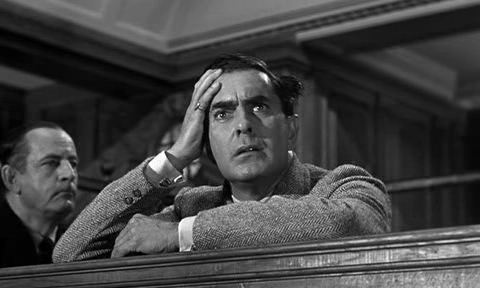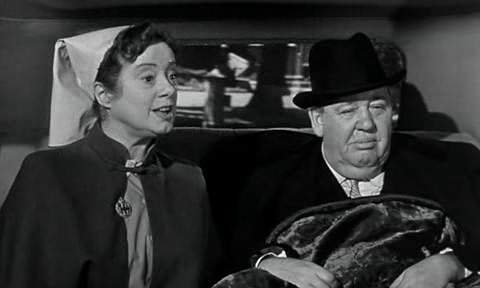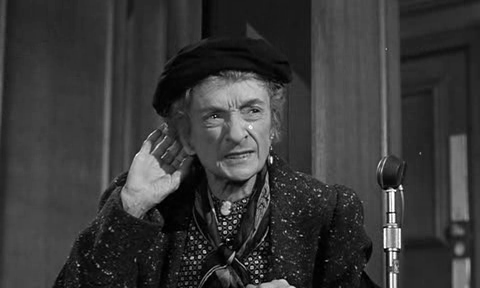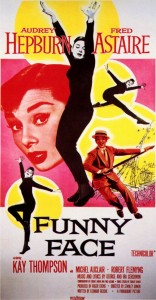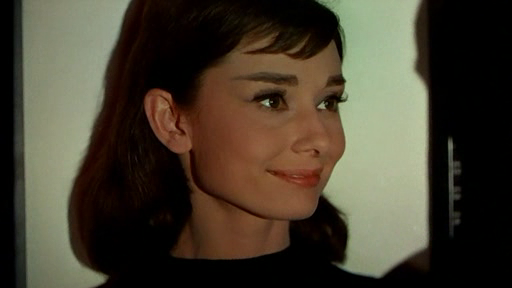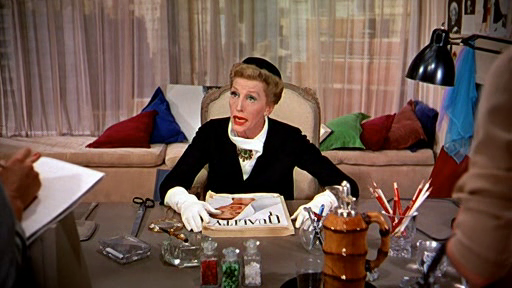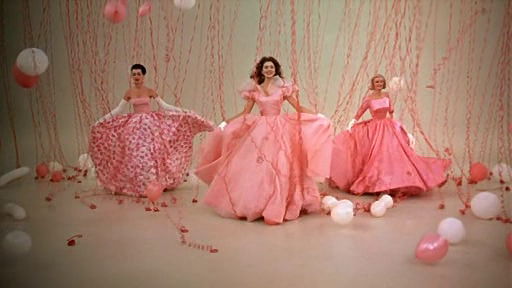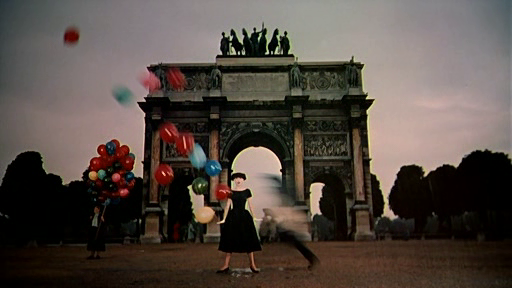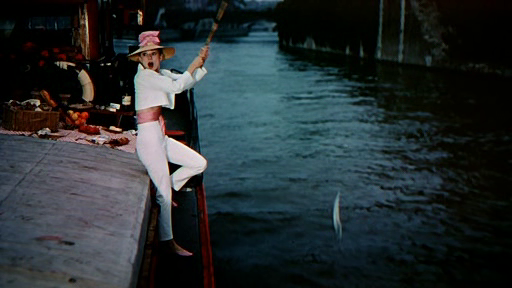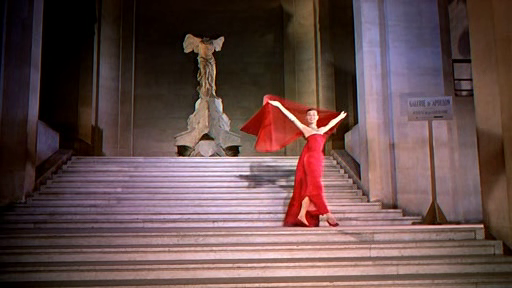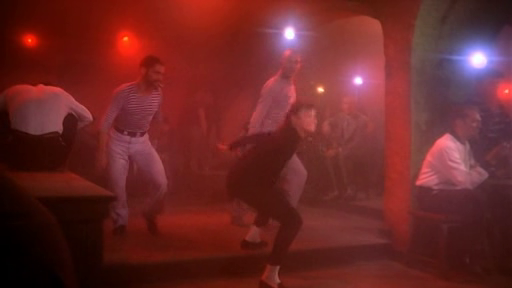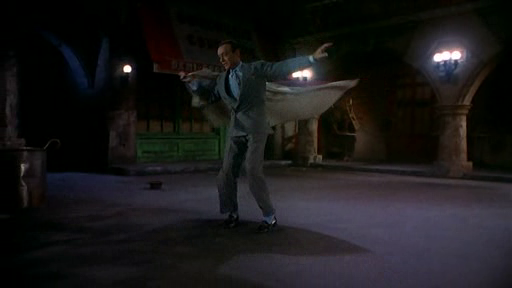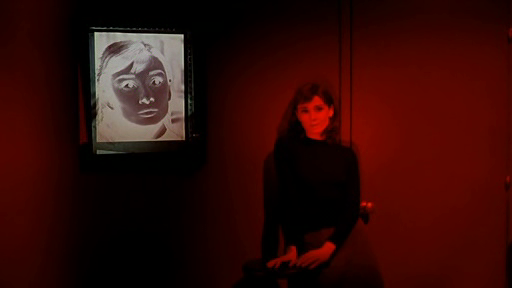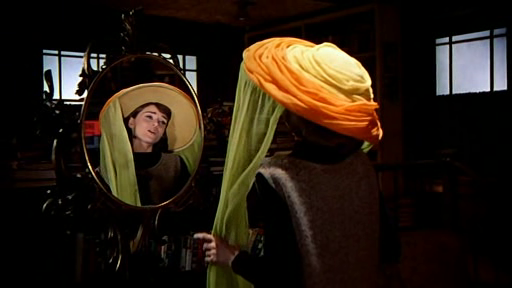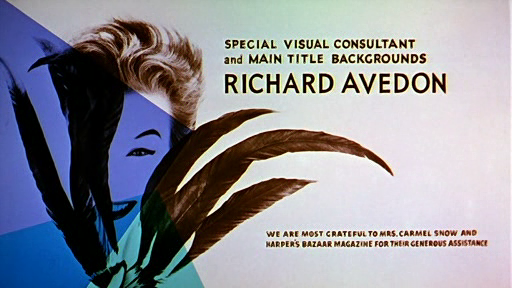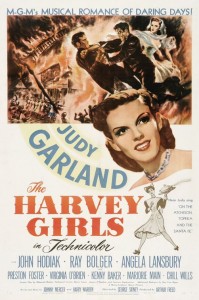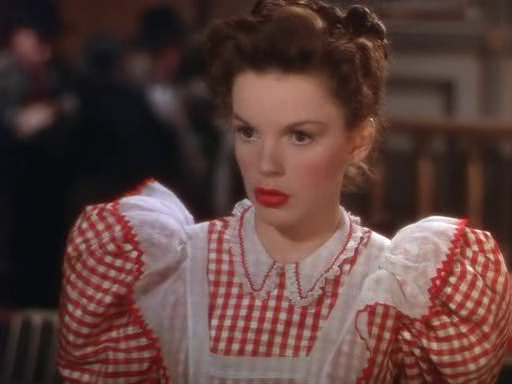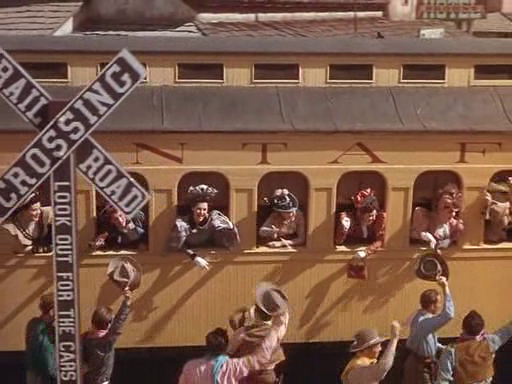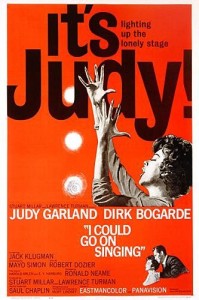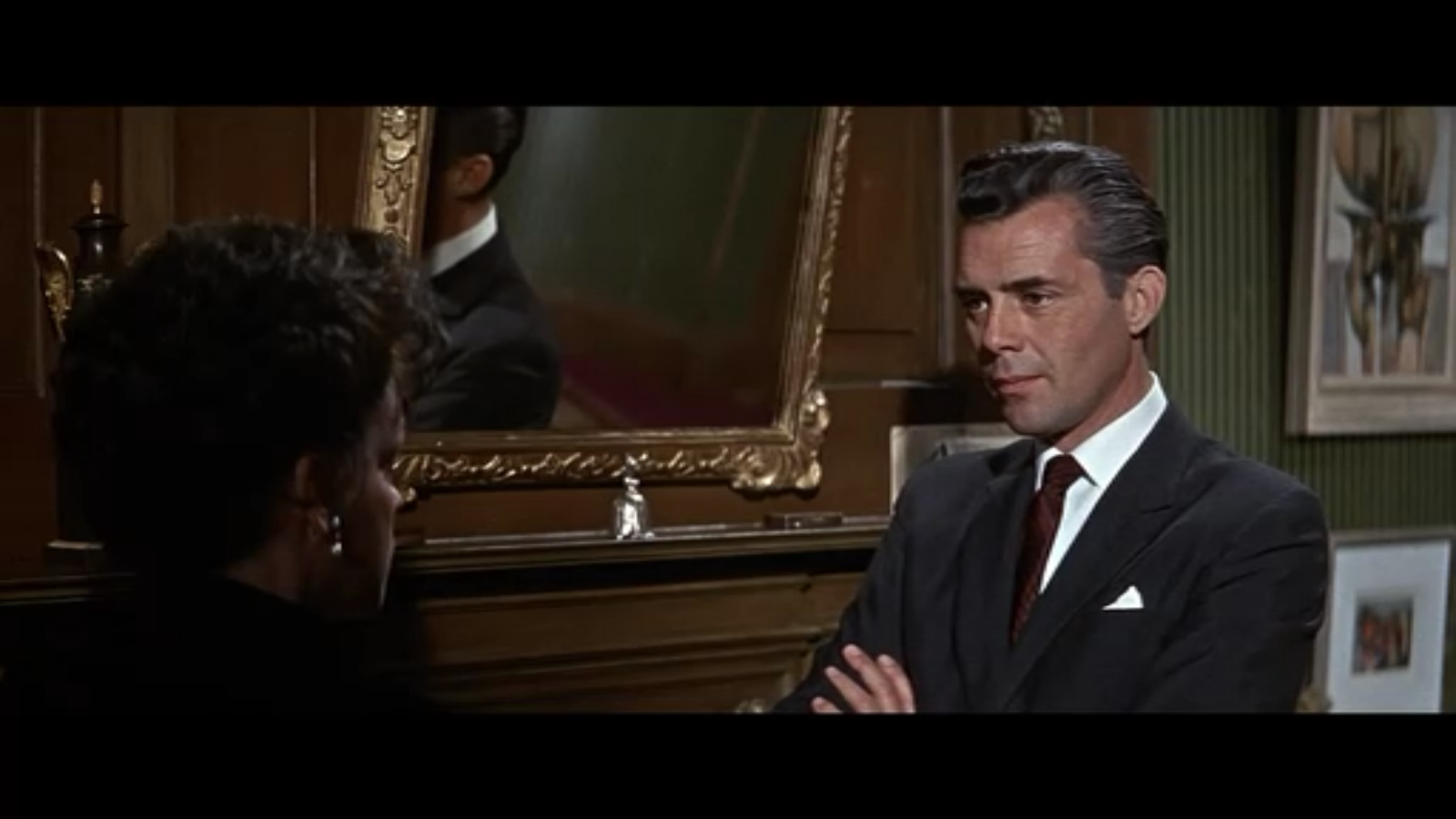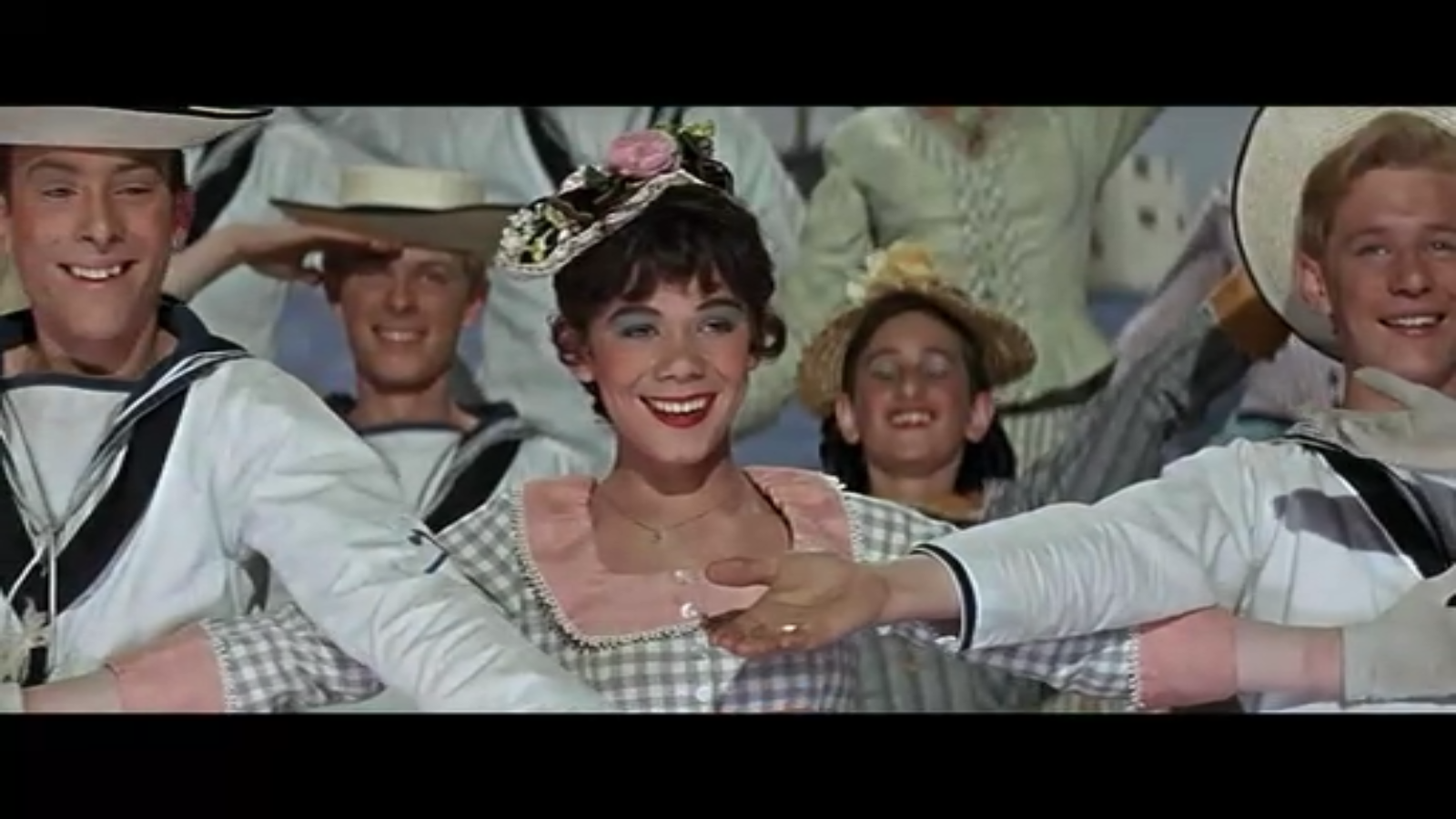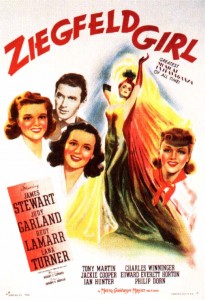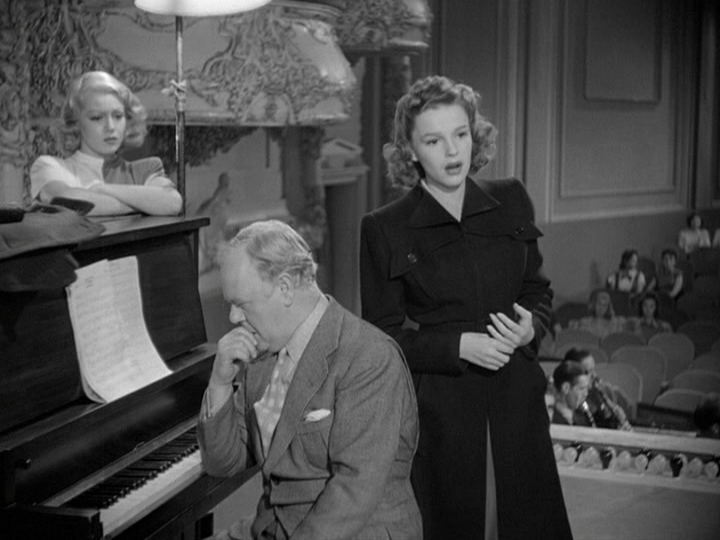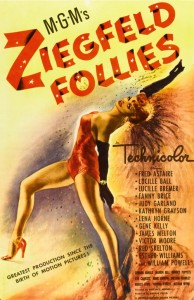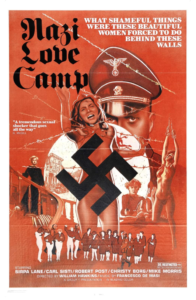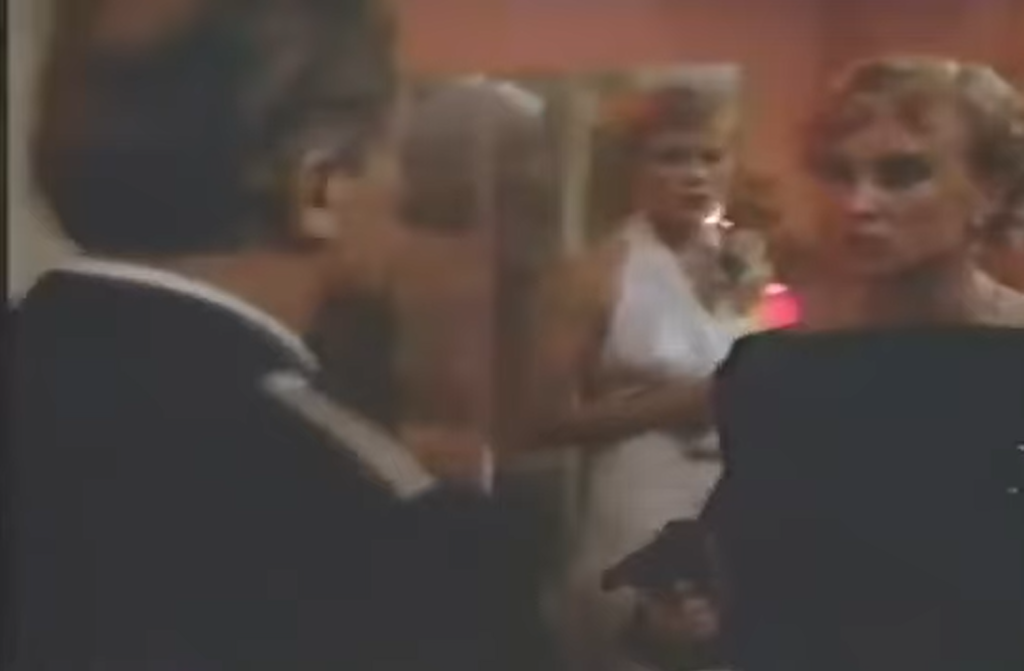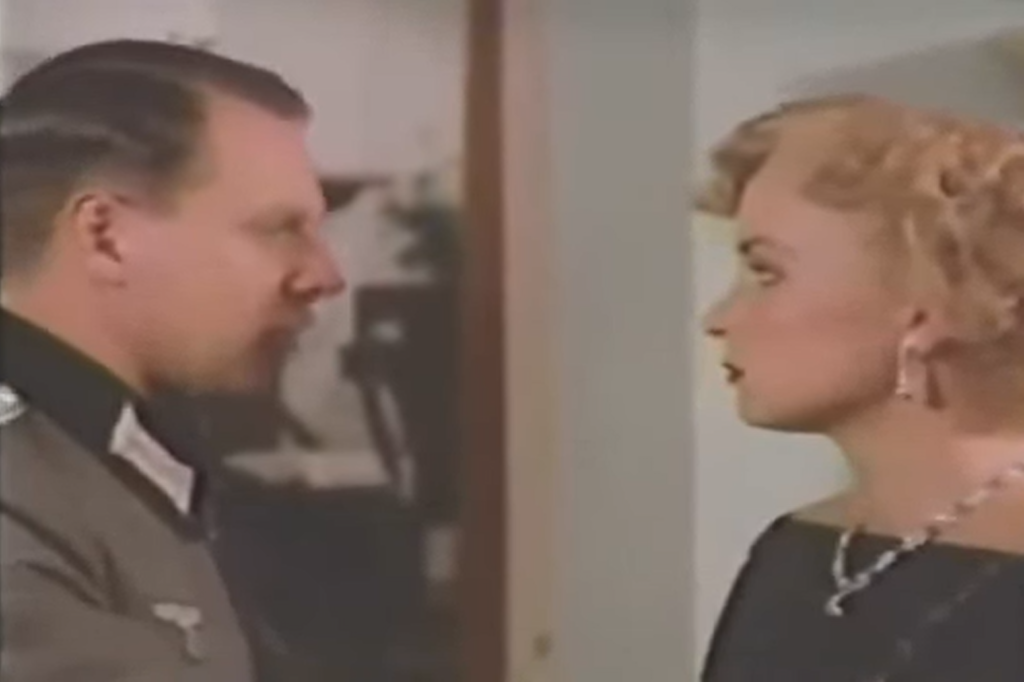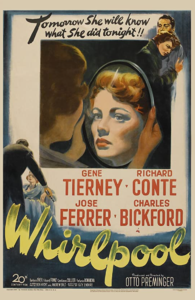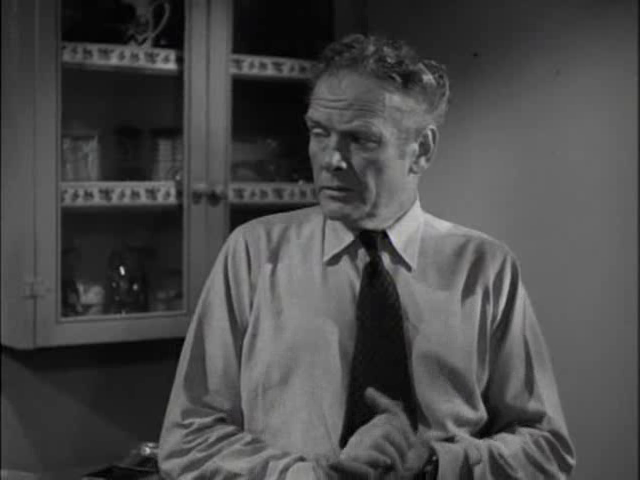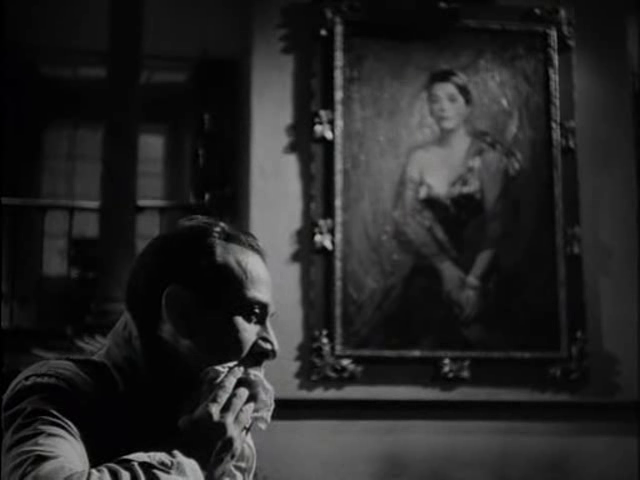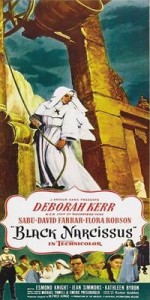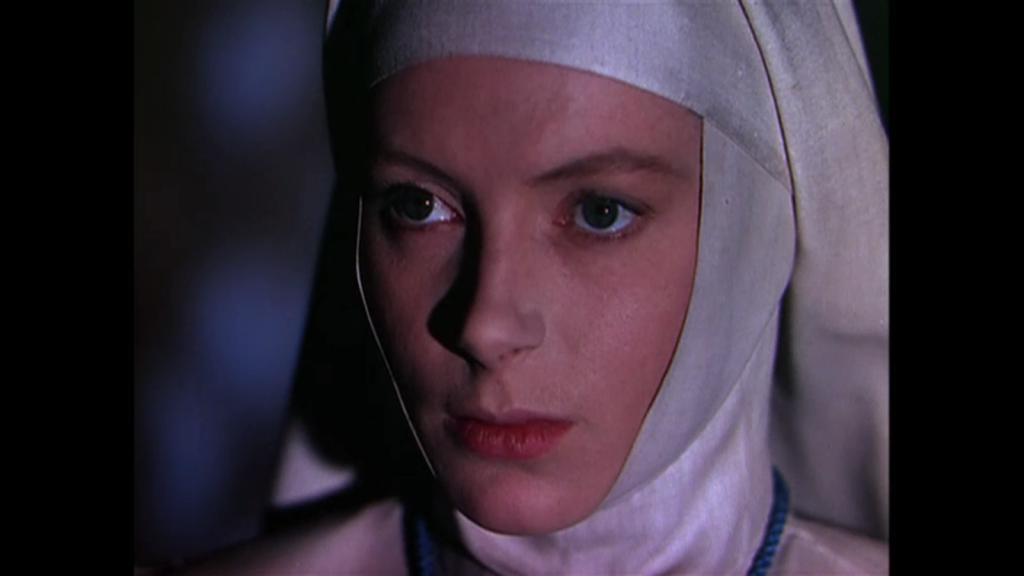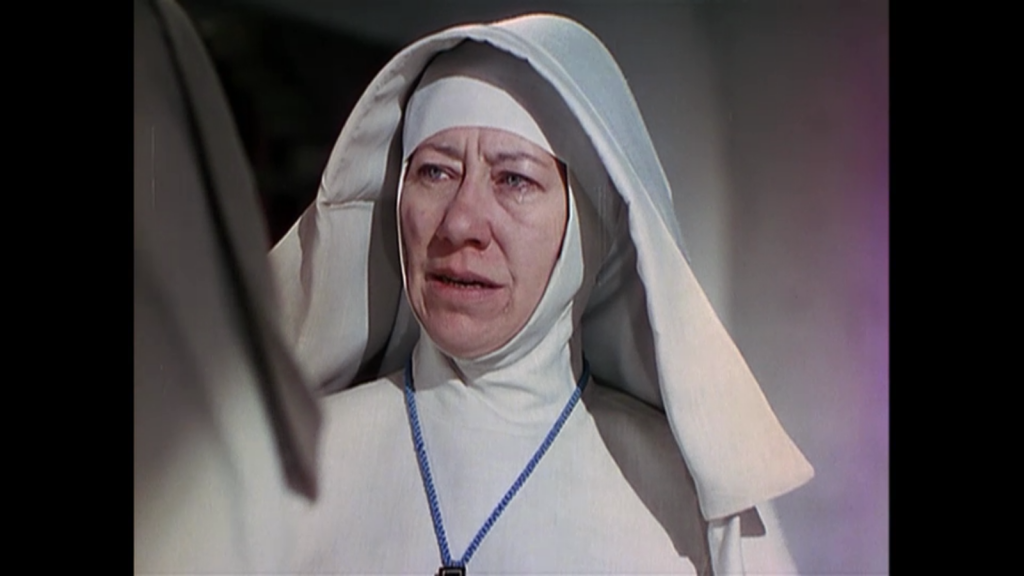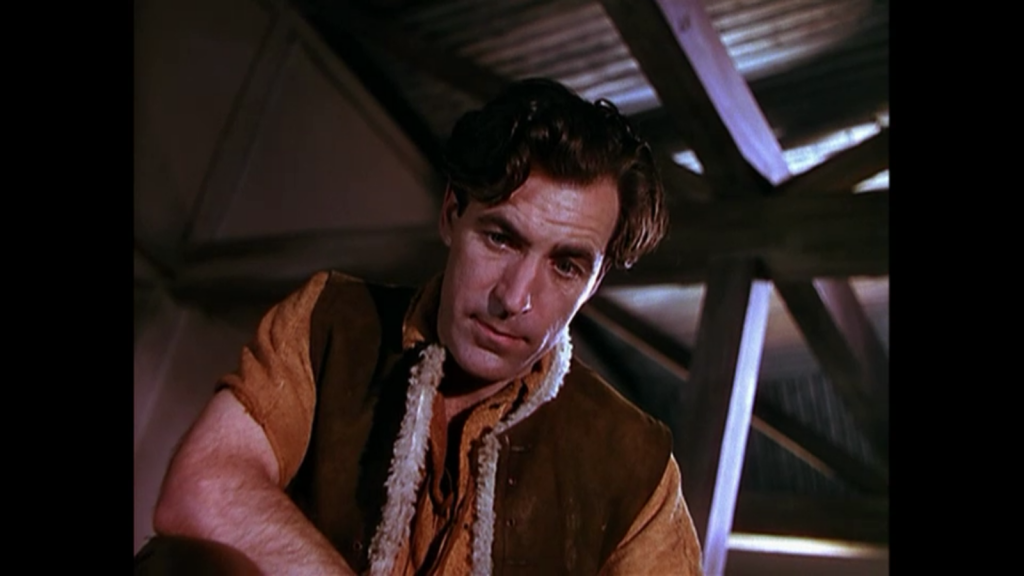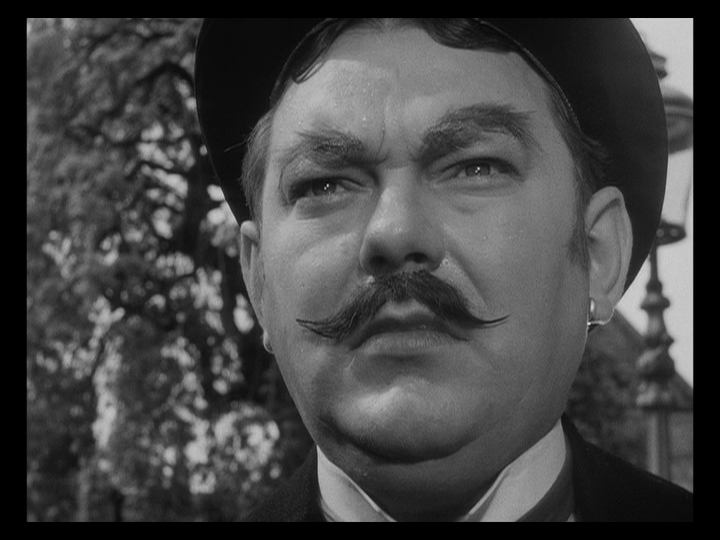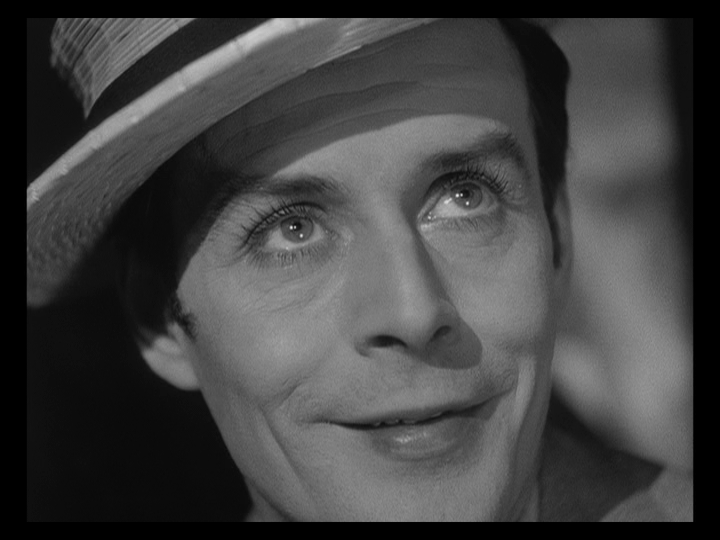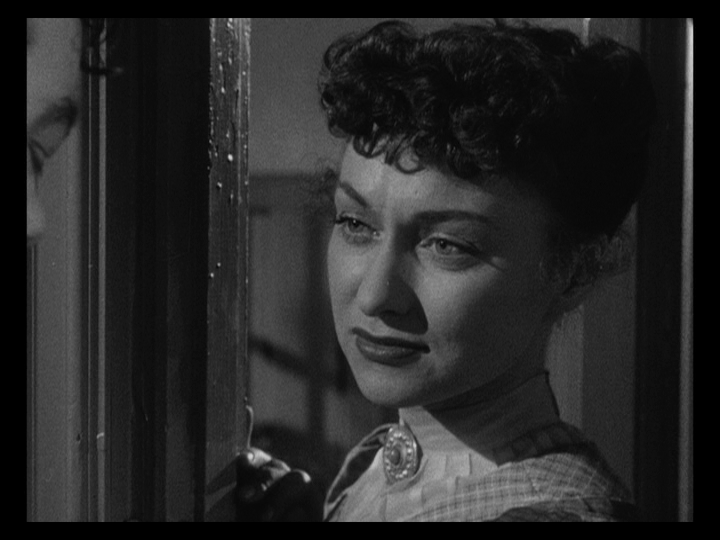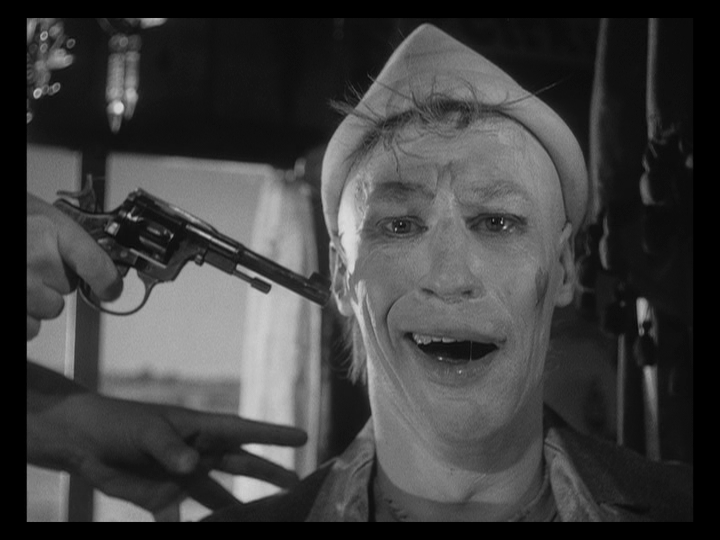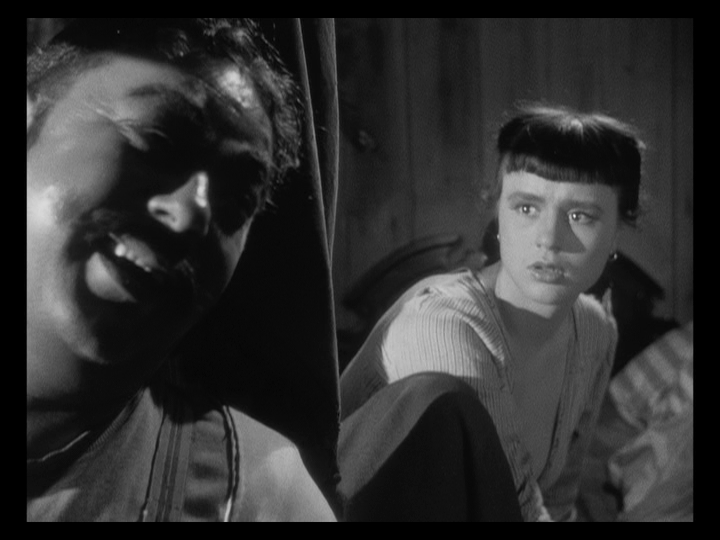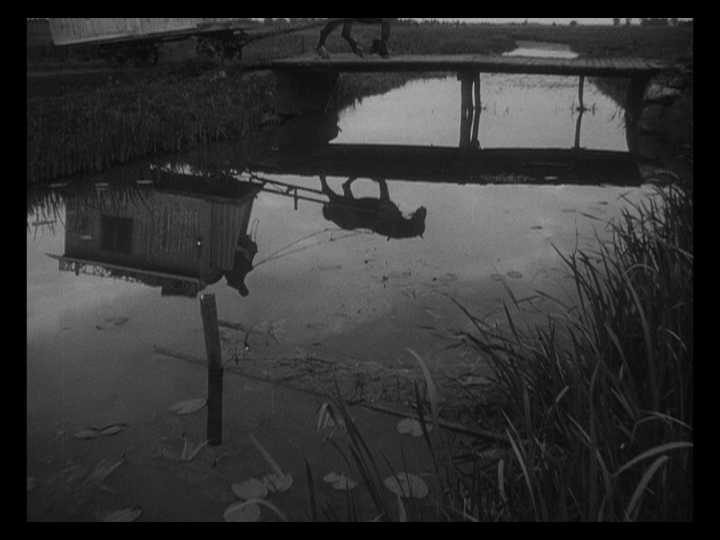|
Genres, Themes, Actors, and Directors:
- Edward Arnold Films
- Ensemble Cast
- Fred Astaire Films
- Gene Kelly Films
- Hume Cronyn Films
- Judy Garland Films
- Kathryn Grayson Films
- Keenan Wynn Films
- Lucille Ball Films
- Musicals
- Vincente Minnelli Films
- William Powell Films
Review:
Famed Broadway impresario Florence Ziegfeld was well and honorably memorialized by Hollywood — starting in 1936 with the Oscar-winning biopic The Great Ziegfeld, followed in 1941 by Ziegfeld Girl (which chronicled the rise and/or fall of several fictional Ziegfeld starlets), and culminating with this lavish Technicolor ensemble film, which reimagined Ziegfeld’s fabled revue in light of MGM’s most recent stable of talent. Viewed today, many of the vignettes come across as undeniably creaky, though still of some interest historically: while it’s nice, for instance, to see Fanny Brice on-screen (she appeared in only a handful of movies), the dated humor in her comedic sketch “A Sweepstakes Ticket” (performed with Hume Cronyn) makes it somewhat painful to sit through; meanwhile, though Esther Williams’ underwater performance in “A Water Ballet” doesn’t offer many surprises, it remains the only chance Peary-followers will have to see her on film, given that he doesn’t list any of her feature-length movies in his book.
Thankfully, while several of the vignettes are somewhat snooze-worthy (viz. Kathryn Grayson’s tiresome finale song, “Beauty”), none are outright clunkers — and, as DVD Savant states, “The show [does have] plenty of good material”, with “at least a third of [the film] terrific, keeper material.” A personal favorite remains Judy Garland’s “A Great Lady Has an Interview”, wherein Garland is given a rare opportunity to mug mercilessly in front of the camera, and does a smash-up job impersonating — well, Greer Garson (who was originally slated to star in the role herself, but apparently wasn’t quite up for such rampant self-skewering). Perhaps the most noteworthy performances, however, are given by Fred Astaire and Lucille Bremer (best known for playing “the oldest sister” in Meet Me in St. Louis) in their two numbers together: the sleek “This Heart of Mine”, in which Astaire plays a gentleman thief, “Raffles”, intent on stealing jewels from Bremer’s society dame, and in the show-stopping “Limehouse Blues”, which remains the most visually stunning of all the vignettes (see stills below). Also of enormous interest is the opportunity to see Gene Kelly and Fred Astaire in their one and only dance performance together on-screen. Their vignette — entitled “The Babbitt and the Bromide” — is humorously conceived and executed, though sadly doesn’t really offer either one an opportunity to show off his uniquely gifted dancing chops.
As indicated in my assessment of the Fanny Brice vignette, none of the comedic (non-musical) sketches in Ziegfeld Follies are really all that funny — but they do remain an interesting historical glimpse at what was once considered funny in the original Follies (Brice, after all, was a regular performer on the show). Red Skelton’s increasingly drunken turn in “When Television Comes” is about as dated as you could imagine, as is the central conceit in Keenan Wynn’s “Number Please”; and while Victor Moore and Edward Arnold do a fine job in “Pay the Two Dollars” (nicely portrayed as a Kafka-esque mini-nightmare), the sketch simply goes on too long. On a more positive note, the opening puppet show remains quite clever and unique; see still below. A final comment: if you blink for an extended period of time, you may miss Lucille Ball in her moment of glory early on, wielding a whip which she cracks at a bevy of black-clad “cat women”; it’s a strange visual, and doesn’t really pay off the way it could or should, but is mildly amusing.
Redeeming Qualities and Moments:
- Both of Fred Astaire’s dances with Lucille Bremer
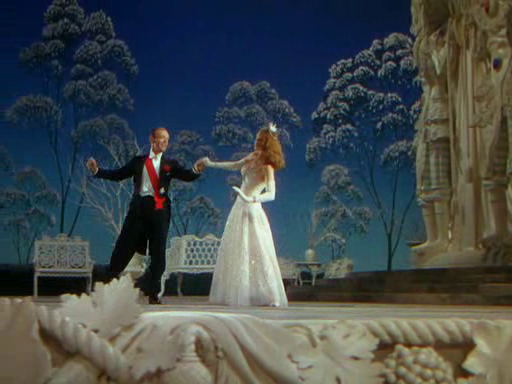
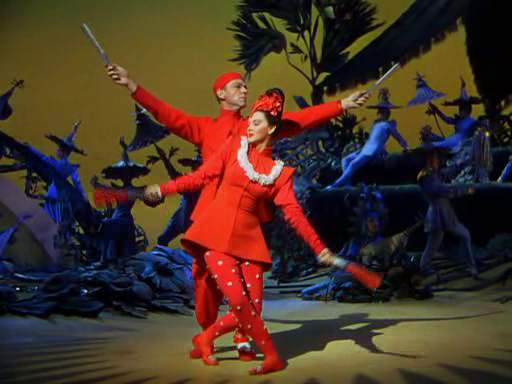
- Judy Garland’s “Great Lady” interview
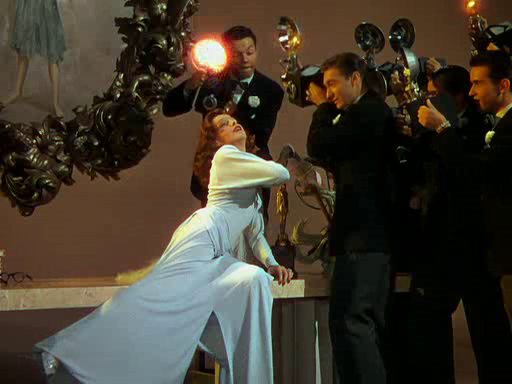
- Fred Astaire and Gene Kelly in their only dance together on-screen — “The Babbitt and the Bromide”
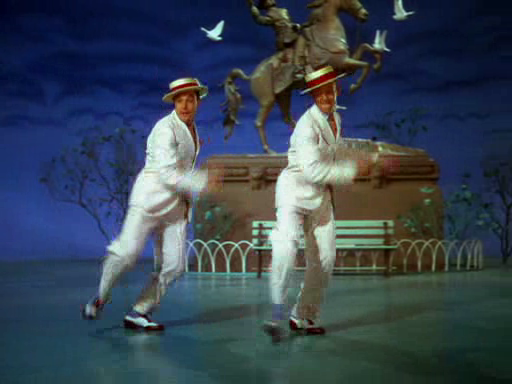
- Fabulous sets and vibrant Technicolor cinematography

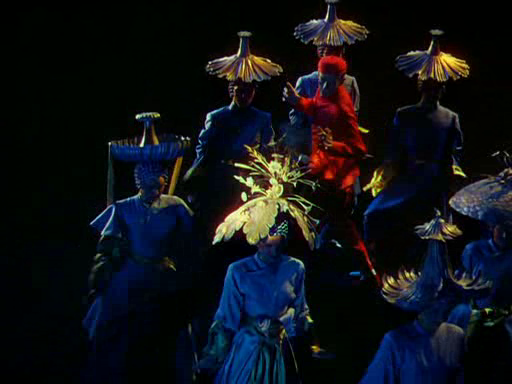
- The clever opening puppet sequence
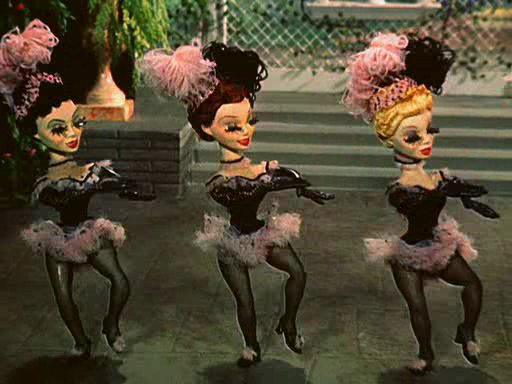
Must See?
Yes, once, simply for its historical relevance as a showcase of MGM’s talent at the peak of the studio’s influence; as DVD Savant so cleverly describes it, it represents a valentine from MGM to itself.
Categories
Links:
|



